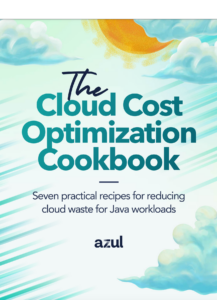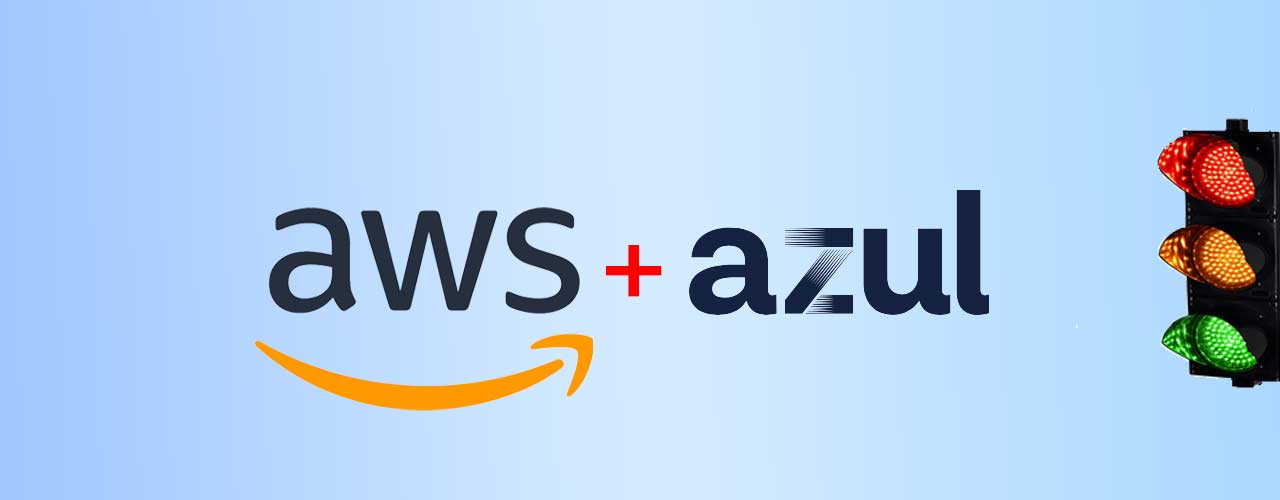
An effective cloud cost management system is only as good as the data it uses. If your cloud usage has evolved organically team by team and your cloud bill has exploded, you are probably wondering what happened.
Here’s what you know:
- You can break down your cloud bill by cloud features like compute, storage, networking, etc.
- You’re still paying too much.
Here’s what you probably don’t know:
- Which teams are spending how much? Does each team have an established cloud computing budget? Can they measure spend vs. budget?
- How much money are you spending on specific features or business processes?
- Are teams being efficient with their spending?
- What are the projected cloud costs per team or feature over the next year?
Understanding cloud cost usage and cost
The Cloud Cost Optimization Cookbook is written from a Java developer’s point of view, but it’s valuable for engineering and architecture teams. We also bet your FinOps teams would benefit greatly from our practical tips. The ebook offers seven strategies for lowering cloud costs and improving Java application performance – based on the ‘Inform’ and ‘Optimize’ phases within the FinOps Foundation framework. Chapter 1 is Understanding Cloud Cost Usage and Cost.
Making decisions without getting your data in order is probably what got you into this mess, when you moved your applications to the cloud without a cloud cost strategy.
So first, get your data in order and build out a shared understanding of your organization’s current use of the cloud. Make sure all departments report their data in a consistent way and all stakeholders confirm the data is valid. Make the data available in automated reports that your organization can use to build future strategy and execution.
Your organization’s goals should be to:
- Identify, catalog, and ingest all relevant cloud cost and usage data.
- Normalize data as necessary across sources.
- Define an allocation strategy to map all costs back to internal cloud users.
- Define techniques and policies to allocate shared costs and resources.
- Create and define consistent reporting tools, parameters, and methods.
- Define and distribute contextually relevant reporting data to personas where they operate.
- Document the needs of people working in intersecting disciplines throughout the organization to understand their cloud cost and usage data needs. This includes disciplines such as ITAM, ITIL, sustainability, and security.
Cloud cost management and optimization tools
Each cloud provider offers different tools to help you understand costs, billing, and how applications are running. If you’re managing your Java cloud spend, you should focus primarily on:
- Compute usage, whether that is Amazon EC2 compute (Amazon Elastic Compute Cloud), serverless, or managed container services.
- Breaking down your cost and resource utilization within your Kubernetes fleet (if applicable).
- Identifying consumption of related storage, networking, and supporting cloud services like search, analytics, etc.
- Going beyond simple per-team cost breakdowns to establish unit metrics of costs for individual features and user tasks (like cost per customer, cost per checkout, etc.).
Third-party tools
While the tools provided by your cloud provider are a central component of any cloud cost reporting function, many third parties provide additional tools to understand your cloud costs. These can be especially beneficial if you have a multi-cloud environment and need to collate information in one system of record. These tools also often offer cutting-edge features not yet implemented in cloud provider tools.
Some leading third-party cloud visibility tools are:
- Apptio Cloudability – Helps enterprises manage and optimize cloud costs through detailed financial analytics and reporting.
- CloudZero – Provides a cloud cost intelligence platform focused on real-time visibility and cost control.
- Tanzu CloudHealth by VMware – Offers cloud management solutions that include cost optimization, governance, and security features.
- Flexera One – Delivers comprehensive IT asset management and cloud optimization capabilities to maximize IT investments.
In future blog posts, we’ll be highlighting other aspects of the Cloud Cost Optimization Cookbook, including tracking KPIs, leveraging Spot Instances, negotiating with cloud providers, right-sizing and autoscaling instances, leveraging more efficient processors, and using a High-Performance Java Platform.
Learn More
Read the Cloud Cost Optimization Cookbook





